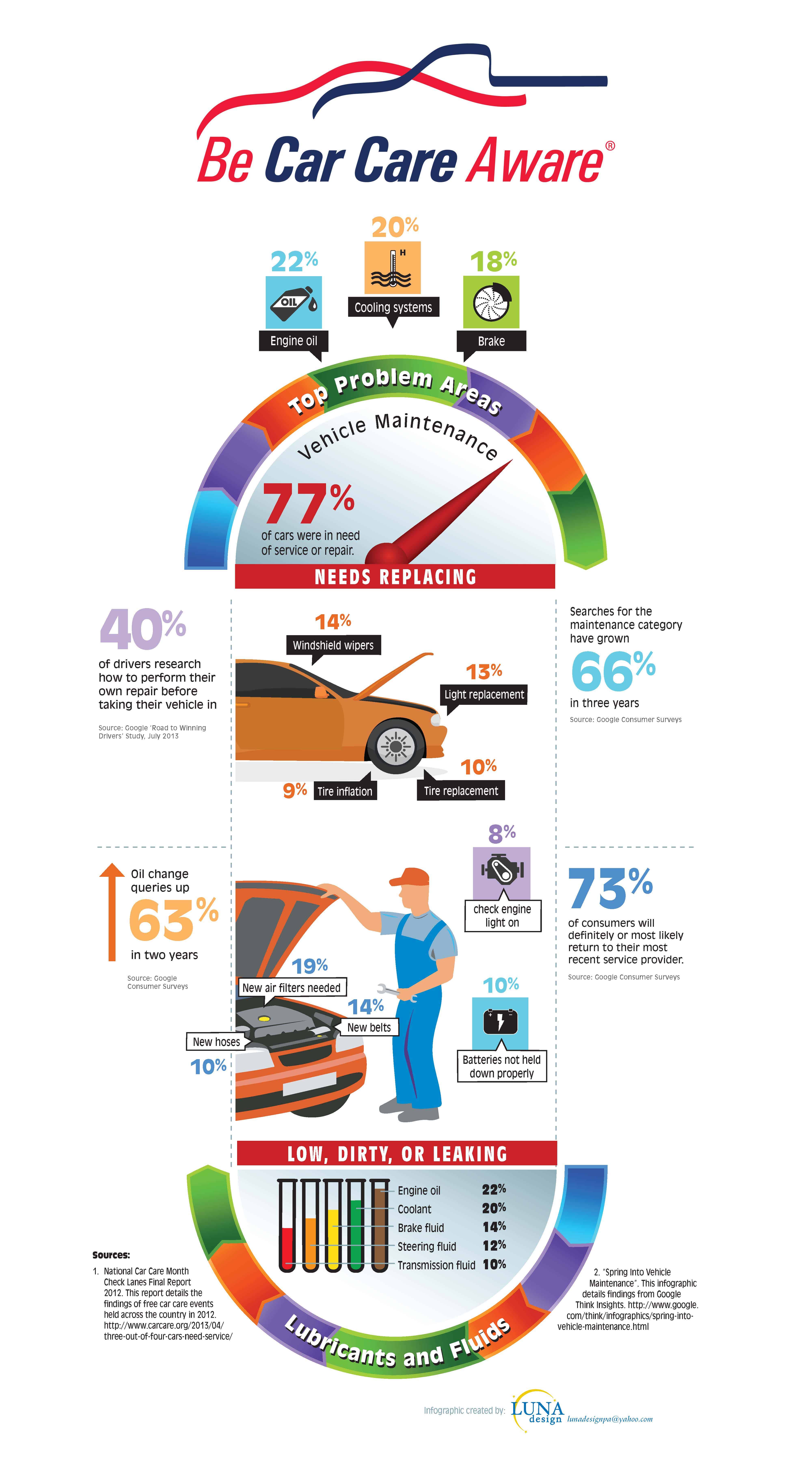The Ultimate Guide To Recognizing Warm Pumps - How Do They Work?
The Ultimate Guide To Recognizing Warm Pumps - How Do They Work?
Blog Article
Team Writer-Grady Gylling
The best heat pumps can conserve you significant amounts of money on power costs. They can likewise help in reducing greenhouse gas emissions, particularly if you make use of electrical power in place of fossil fuels like propane and home heating oil or electric-resistance furnaces.
Heat pumps work very much the same as a/c unit do. heat pump installation rolleston makes them a practical option to standard electric home furnace.
Just how They Work
Heat pumps cool homes in the summer season and, with a little assistance from electrical power or natural gas, they offer several of your home's heating in the winter months. They're a good alternative for individuals that wish to minimize their use nonrenewable fuel sources but aren't prepared to change their existing heating system and cooling system.
They rely upon the physical truth that even in air that seems as well chilly, there's still energy existing: warm air is always moving, and it wants to move right into cooler, lower-pressure atmospheres like your home.
Most power celebrity certified heat pumps run at near their heating or cooling capability throughout the majority of the year, lessening on/off biking and conserving energy. For the very best performance, focus on systems with a high SEER and HSPF score.
The Compressor
The heart of the heat pump is the compressor, which is likewise called an air compressor. https://docs.google.com/spreadsheets/d/1QamJmgvCoo2gPNMF6CLm1hIOPmKaJ4V4g2VF7xUhWbQ/edit?usp=drive_link moving device utilizes prospective energy from power development to raise the pressure of a gas by minimizing its volume. It is different from a pump because it only services gases and can't deal with liquids, as pumps do.
Atmospheric air goes into the compressor with an inlet valve. It circumnavigates vane-mounted arms with self-adjusting length that split the inside of the compressor, producing several tooth cavities of differing dimension. The rotor's spin forces these tooth cavities to move in and out of phase with each other, pressing the air.
The compressor reels in the low-temperature, high-pressure refrigerant vapor from the evaporator and compresses it into the warm, pressurized state of a gas. This process is duplicated as required to supply home heating or air conditioning as needed. The compressor also has a desuperheater coil that reuses the waste warmth and includes superheat to the cooling agent, altering it from its liquid to vapor state.
The Evaporator
The evaporator in heatpump does the exact same thing as it performs in refrigerators and a/c, transforming liquid refrigerant into an aeriform vapor that removes warmth from the space. Heatpump systems would certainly not function without this essential piece of equipment.
This part of the system is located inside your home or structure in an interior air trainer, which can be either a ducted or ductless system. It includes an evaporator coil and the compressor that compresses the low-pressure vapor from the evaporator to high pressure gas.
Heatpump take in ambient heat from the air, and after that make use of electricity to move that warm to a home or organization in heating setting. That makes them a great deal a lot more energy effective than electrical heating units or heating systems, and since they're using clean electricity from the grid (and not shedding gas), they also produce far fewer exhausts. That's why heat pumps are such terrific environmental selections. (As well as a massive reason that they're coming to be so preferred.).
The Thermostat.
Heat pumps are terrific alternatives for homes in cold climates, and you can use them in combination with typical duct-based systems and even go ductless. They're a great different to nonrenewable fuel source furnace or typical electric heating systems, and they're more sustainable than oil, gas or nuclear HVAC tools.
Your thermostat is one of the most vital component of your heatpump system, and it functions very in a different way than a conventional thermostat. All mechanical thermostats (all non-electronic ones) work by utilizing compounds that change dimension with increasing temperature, like coiled bimetallic strips or the broadening wax in a cars and truck radiator shutoff.
These strips consist of 2 various kinds of metal, and they're bolted together to create a bridge that finishes an electric circuit connected to your heating and cooling system. As the strip gets warmer, one side of the bridge expands faster than the various other, which triggers it to flex and signal that the heater is needed. When the heatpump remains in heating setting, the reversing valve turns around the flow of refrigerant, to ensure that the outdoors coil now functions as an evaporator and the interior cyndrical tube comes to be a condenser.